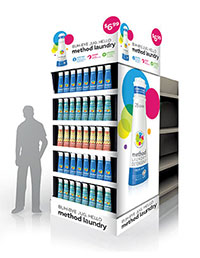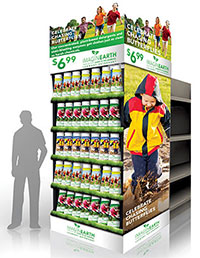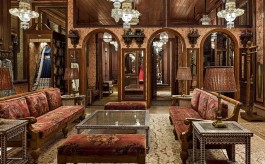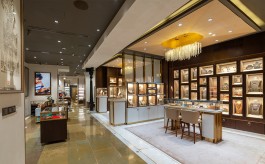What Brand Teams Need to Know About Shopper Communications
By Christopher Brace | October 24, 2017
These suggestions are not about committing more budget dollars but rather,optimising the money you are already spending
 In India, the average percent of volume sold in the modern trade for FMCG is about 20%. While this pales in comparison to the 80% sold in the unorganised traditional trade, it is still a significant portion of volume. Brands are committing budgets to develop in-store shopper communications that today are not being optimised. In developing the most effective in-store shopper communications, be they at-shelf POS, in-aisle displays, or secondary merchandising outside of your category aisle, there are three things brand teams need to understand.
In India, the average percent of volume sold in the modern trade for FMCG is about 20%. While this pales in comparison to the 80% sold in the unorganised traditional trade, it is still a significant portion of volume. Brands are committing budgets to develop in-store shopper communications that today are not being optimised. In developing the most effective in-store shopper communications, be they at-shelf POS, in-aisle displays, or secondary merchandising outside of your category aisle, there are three things brand teams need to understand.
1. Shopper communications are optimised when they lead with emotion. There is this belief that in order for shopper communications to be successful, they must focus on the brand’s equity elements, the product benefit and attributes, and then price and promotion. Marketers still think shoppers make their purchase decisions based on logic and reasoning, so brands give them a  rational argument why their brand is better than another. Neuroscience has now shown us that when faced with a choice, it is a shopper’s emotional processes that trigger first, then reasoning and logic. The more emotionally resonant our messaging, the more successfully we overcome shoppers’ resistance to purchasing our brands. Carl Noronha, Head of Strategy at RES adds, “Nowhere is it more difficult for brands to win attention than in a retail space and nothing wins attention better than emotion-led communications. Emotion is the new currency in converting shoppers to buyers.”
rational argument why their brand is better than another. Neuroscience has now shown us that when faced with a choice, it is a shopper’s emotional processes that trigger first, then reasoning and logic. The more emotionally resonant our messaging, the more successfully we overcome shoppers’ resistance to purchasing our brands. Carl Noronha, Head of Strategy at RES adds, “Nowhere is it more difficult for brands to win attention than in a retail space and nothing wins attention better than emotion-led communications. Emotion is the new currency in converting shoppers to buyers.”
2. Consumer and shopper communications must tell a seamless brand story out of and in-store so you are building a consistent brand equity. This can only be accomplished through a truly integrated planning process. Rather than shopper communications being developed separately, they need to be developed as an integrated part of the brand’s communication platform.
3. Your merchandising tactics must align with your growth strategy. For example, if you are  trying to expand your user base by getting new consumers and shoppers, then you may need to ask your key retailers for secondary merchandising outside of your category aisle. But if your growth strategy is to get your current users to purchase two skus rather than just one, then at-shelf POS is optimal. These suggestions are not about committing more budget dollars but rather, optimizing the money you are already spending. Stay tuned, as we will be expanding on each of these three topics in the months of November, December, and January.
trying to expand your user base by getting new consumers and shoppers, then you may need to ask your key retailers for secondary merchandising outside of your category aisle. But if your growth strategy is to get your current users to purchase two skus rather than just one, then at-shelf POS is optimal. These suggestions are not about committing more budget dollars but rather, optimizing the money you are already spending. Stay tuned, as we will be expanding on each of these three topics in the months of November, December, and January.
Related Viewpoints
Chanda P Kumar
Chanda P Kumar, Associate Director- Marketing & Communications, Strategy , FRDC
Adding the right sparkle in jewellery store design









Comments